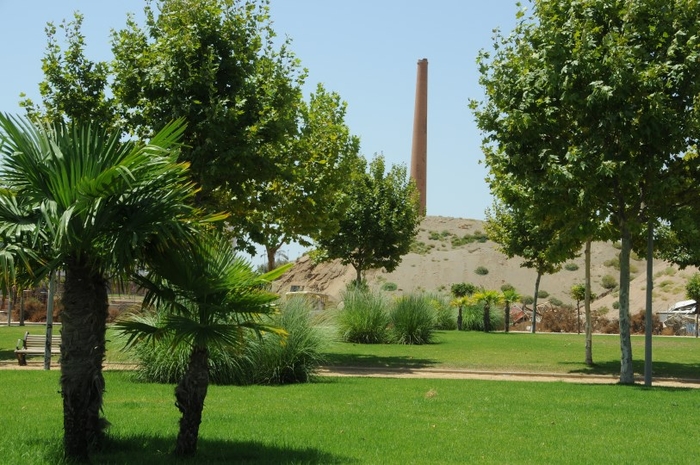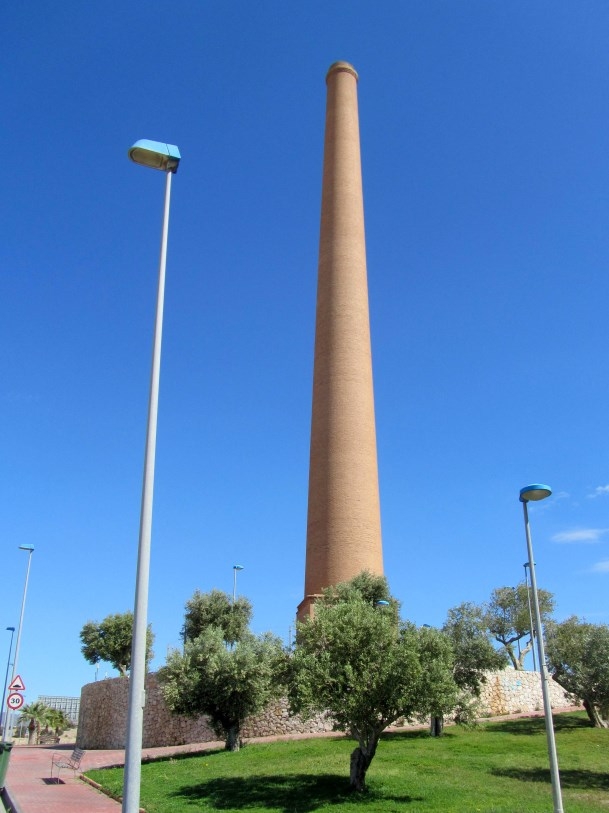-



 Welcome To
Welcome To

-



 Welcome To
Welcome To

-



 Welcome To
Welcome To

-



 Welcome To
Welcome To

-



 Welcome To
Welcome To

article_detail
The Chimenea de La Loma, Águilas
A very visible reminder of the industrial past of Águilas
When the town of Águilas grew in importance in the early nineteenth century it was principally as a result of the mining activity further inland, when rich deposits of iron, lead, silver and other substances were extracted from the hillsides of Almería and Lorca.

In 1838 a seam of silver was discovered in the hills of the Sierra de la Almagrera, and soon the silver mines were joined by others which extracted lead and iron. The influx of capital investment saved Águilas from ruin, and as the economy grew so did the population, with outsiders arriving in search of work and riches: more and more streets and houses were built, and between 1830 and 1850 the population tripled, reaching around 10,000.
The minerals were transported to Águilas by rail for shipment abroad and a whole series of foundries and smelting plants emerged in the town, and these led to the town becoming for a while the largest Mediterranean port in terms of mineral extract exports as well as esparto grass.
Initially the mines had their own foundries, but two others were built alongside, named Iberia (1843) and La Aurora, both of them coming into the ownership of the English company of Edward Bates.
The Chimenea de La Loma, which still stands on the western end of the town of Águilas, is a very visible reminder of these phases of the history of Águilas. It was built in the 1830s in order to ensure that the fumes and smoke from the San José and Iberia foundries did not pollute the air in the town.

Most of the foundries in operation in the 19th century used underground tunnels and galleries to funnel the fumes away from their giant kilns, and when the plants fell into disuse these underground galleries were later used by tobacco smugglers.
When it was proposed that the chimney of La Loma should be demolished in the 1960s to make use of the thousands of bricks it contains, residents of Águilas protested and the chimney was saved, and although it was damaged by a bolt of lightning in the 1980s it still remains in place as a landmark to the industrial past of Águilas, and although it is hardly a tourist attraction in itself – it’s just a 40-metre chimney, there’s no industrial museum alongside – it is a very emotive tribute to the history of the town.
For further local information, events and news visit the home page of Águlias Today.
Loading
article_detail
Contact Spanish News Today: Editorial 966 260 896 /
Office 968 018 268












